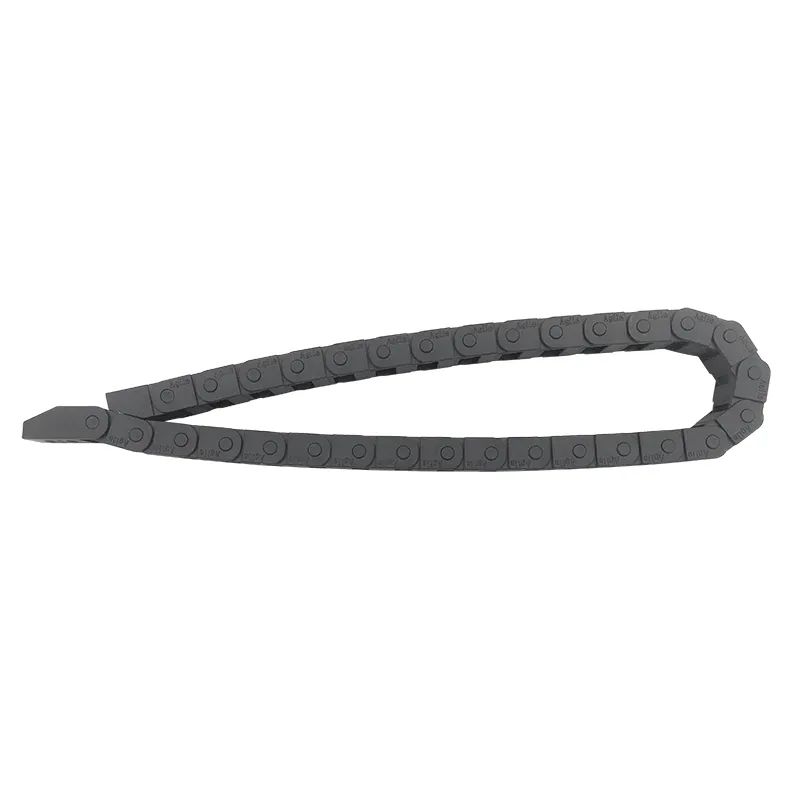synchronous pulley
Understanding Synchronous Pulleys An Essential Component in Mechanical Engineering
Synchronous pulleys are vital components in various mechanical systems, particularly in applications where timing and coordination are critical. These pulleys work in conjunction with synchronous belts to transmit power and motion between different machinery parts efficiently. Unlike traditional v-belt systems, synchronous pulleys are designed to operate in synchronization with the belt’s teeth, which prevents slippage and ensures precise motion transmission.
The core advantage of synchronous pulleys lies in their ability to maintain a constant speed ratio between the shafts they connect. While conventional belt systems can suffer from slippage under load or changes in operational conditions, synchronous systems eliminate this issue by employing teeth that engage with grooves in the pulley. This interlocking mechanism ensures that the movement of the driven component is directly tied to the motor’s input, making synchronous pulleys highly reliable for applications demanding high precision.
These pulleys are commonly used in various industries, including automotive, manufacturing, and robotics. In automotive applications, for instance, synchronous pulleys are often found in timing belt systems that control the timing of engine valves. Here, precision is crucial, as any misalignment could lead to engine failure. In manufacturing, synchronous pulleys drive conveyor systems, ensuring that materials move seamlessly along production lines.
synchronous pulley

Another significant aspect of synchronous pulleys is their design versatility. They come in various sizes and configurations, allowing engineers to select the most suitable option for specific applications. The choice of materials, such as reinforced rubber or thermoplastic, can also affect performance, durability, and resistance to environmental factors. Additionally, the design of synchronous pulleys can be customized to meet unique challenges, such as reducing noise, maximizing power transmission efficiency, or optimizing weight.
Maintenance of synchronous pulleys is relatively straightforward, though it still requires regular inspection to ensure proper alignment and tension. Misalignment or excessive wear on the teeth can lead to premature failure of the belt system, causing operational inefficiencies or costly downtimes. Therefore, proper installation and periodic maintenance are crucial to extending the life of these systems.
In conclusion, synchronous pulleys play a critical role in modern machinery, providing reliable and efficient power transmission. Their ability to synchronize with drives and maintain precise movement makes them indispensable in various industries. As technology continues to evolve, the design and application of synchronous pulleys will undoubtedly advance, offering even greater efficiencies and capabilities in mechanical engineering.








